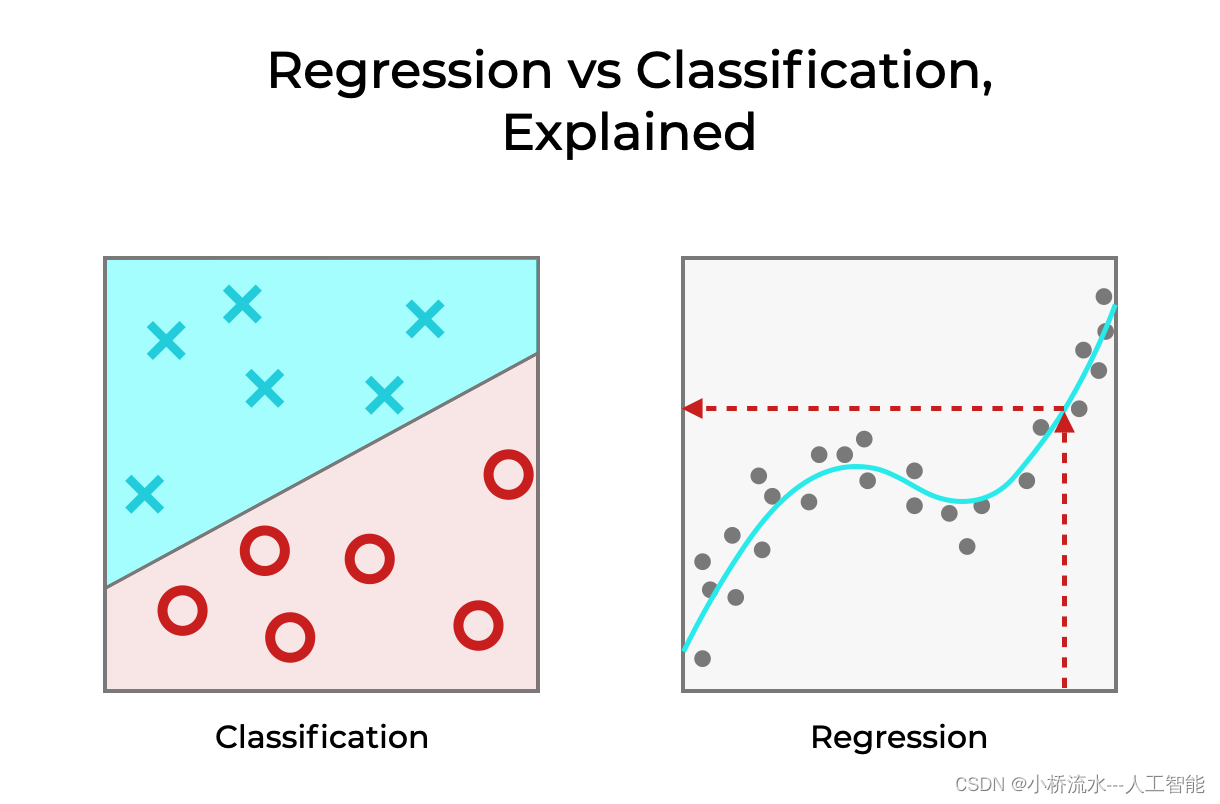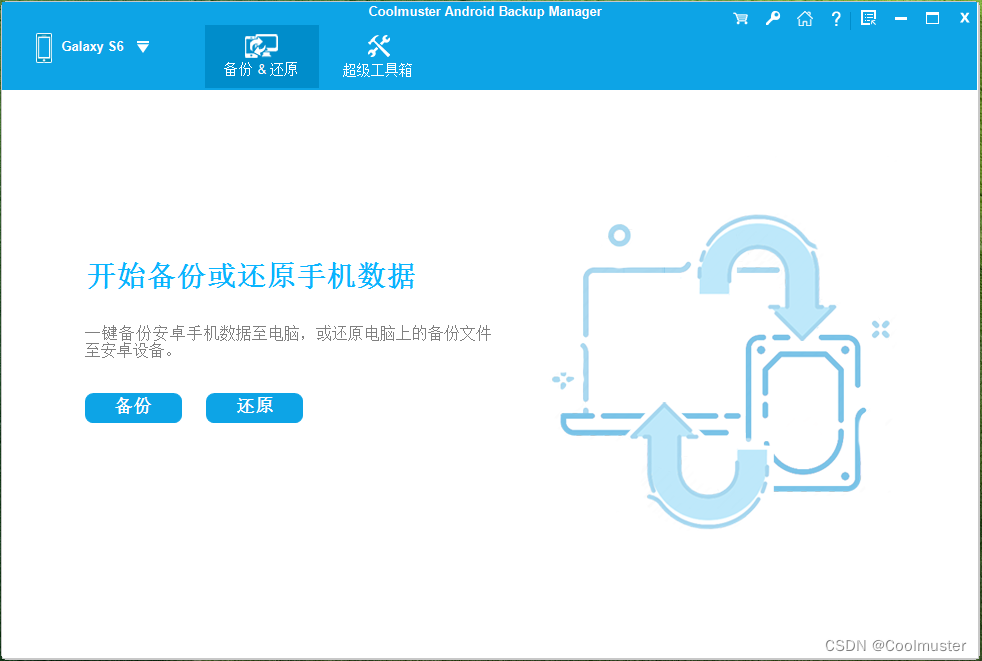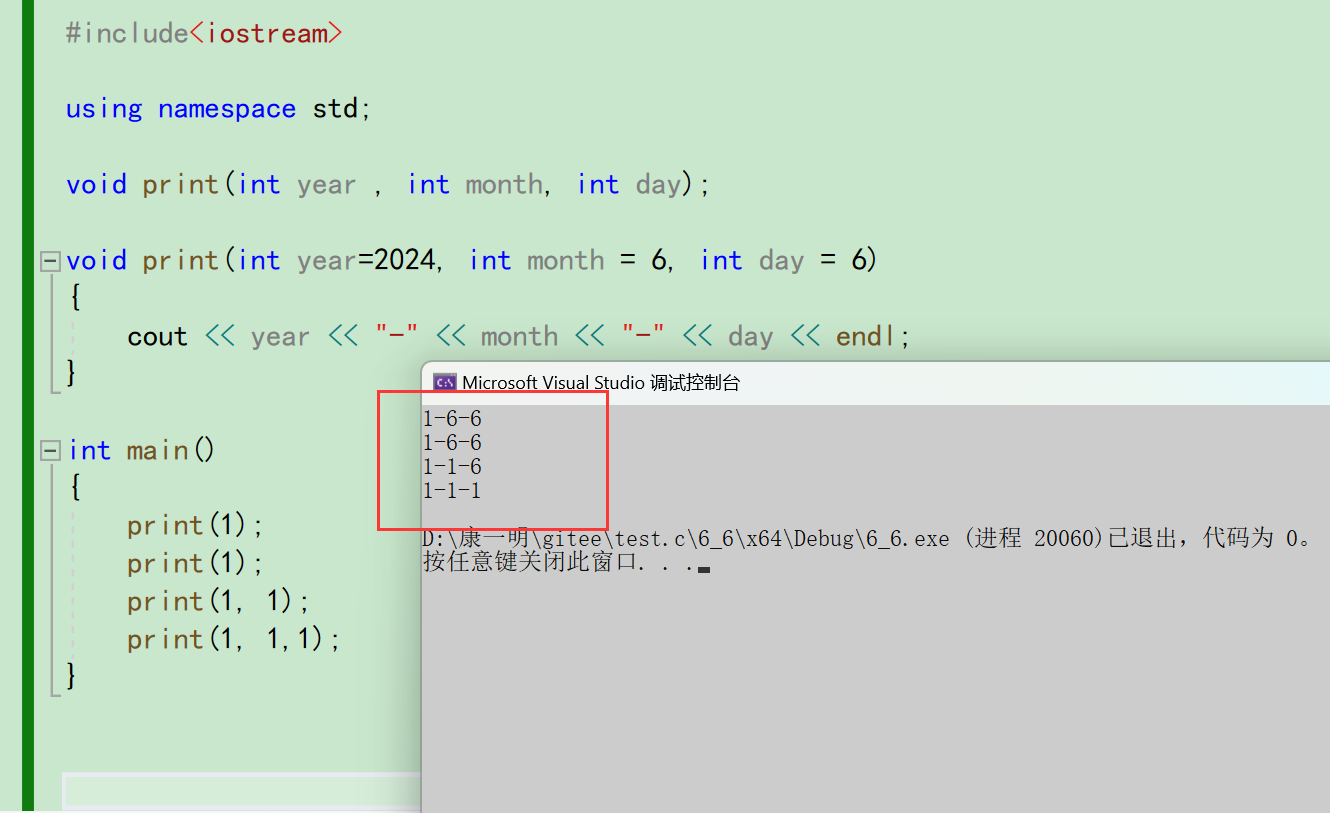本项目中完成BERT+PET模型搭建、训练及应用的步骤如下(注意:因为本项目中使用的是BERT预训练模型,所以直接加载即可,无需重复搭建模型架构):
一、实现模型工具类函数 二、实现模型训练函数,验证函数 三、实现模型预测函数 目的:模型在训练、验证、预测时需要的函数 代码路径:/Users/**/PycharmProjects/llm/prompt_tasks/PET/utils utils文件夹共包含3个py脚本:verbalizer.py、metirc_utils.py以及common_utils.py 目的:定义一个Verbalizer类,用于将一个Label对应到其子Label的映射。 导入必备的工具包
import os
from typing import Union, List
from pet_config import *
pc = ProjectConfig( )
class Verbalizer ( object ) :
"""
Verbalizer类,用于将一个Label对应到其子Label的映射。
"""
def __init__ ( self, verbalizer_file: str , tokenizer, max_label_len: int ) :
"""
Args:
verbalizer_file (str): verbalizer文件存放地址。
tokenizer: 分词器,用于文本和id之间的转换。
max_label_len (int): 标签长度,若大于则截断,若小于则补齐
"""
self. tokenizer = tokenizer
self. label_dict = self. load_label_dict( verbalizer_file)
self. max_label_len = max_label_len
def load_label_dict ( self, verbalizer_file: str ) :
"""
读取本地文件,构建verbalizer字典。
Args:
verbalizer_file (str): verbalizer文件存放地址。
Returns:
dict -> {
'体育': ['篮球', '足球','网球', '排球', ...],
'酒店': ['宾馆', '旅馆', '旅店', '酒店', ...],
...
}
"""
label_dict = { }
with open ( verbalizer_file, 'r' , encoding= 'utf8' ) as f:
for line in f. readlines( ) :
label, sub_labels = line. strip( ) . split( '\t' )
label_dict[ label] = list ( set ( sub_labels. split( ',' ) ) )
return label_dict
def find_sub_labels ( self, label: Union[ list , str ] ) :
"""
通过标签找到对应所有的子标签。
Args:
label (Union[list, str]): 标签, 文本型 或 id_list, e.g. -> '体育' or [860, 5509]
Returns:
dict -> {
'sub_labels': ['足球', '网球'],
'token_ids': [[6639, 4413], [5381, 4413]]
}
"""
if type ( label) == list :
while self. tokenizer. pad_token_id in label:
label. remove( self. tokenizer. pad_token_id)
label = '' . join( self. tokenizer. convert_ids_to_tokens( label) )
if label not in self. label_dict:
raise ValueError( f'Lable Error: " { label} " not in label_dict' )
sub_labels = self. label_dict[ label]
ret = { 'sub_labels' : sub_labels}
token_ids = [ _id[ 1 : - 1 ] for _id in self. tokenizer( sub_labels) [ 'input_ids' ] ]
for i in range ( len ( token_ids) ) :
token_ids[ i] = token_ids[ i] [ : self. max_label_len]
if len ( token_ids[ i] ) < self. max_label_len:
token_ids[ i] = token_ids[ i] + [ self. tokenizer. pad_token_id] * ( self. max_label_len - len ( token_ids[ i] ) )
ret[ 'token_ids' ] = token_ids
return ret
def batch_find_sub_labels ( self, label: List[ Union[ list , str ] ] ) :
"""
批量找到子标签。
Args:
label (List[list, str]): 标签列表, [[4510, 5554], [860, 5509]] or ['体育', '电脑']
Returns:
list -> [
{
'sub_labels': ['足球', '网球'],
'token_ids': [[6639, 4413], [5381, 4413]]
},
...
]
"""
return [ self. find_sub_labels( l) for l in label]
def get_common_sub_str ( self, str1: str , str2: str ) :
"""
寻找最大公共子串。
str1:abcd
str2:abadbcdba
"""
lstr1, lstr2 = len ( str1) , len ( str2)
record = [ [ 0 for i in range ( lstr2 + 1 ) ] for j in range ( lstr1 + 1 ) ]
p = 0
maxNum = 0
for i in range ( lstr1) :
for j in range ( lstr2) :
if str1[ i] == str2[ j] :
record[ i+ 1 ] [ j+ 1 ] = record[ i] [ j] + 1
if record[ i+ 1 ] [ j+ 1 ] > maxNum:
maxNum = record[ i+ 1 ] [ j+ 1 ]
p = i + 1
return str1[ p- maxNum: p] , maxNum
def hard_mapping ( self, sub_label: str ) :
"""
强匹配函数,当模型生成的子label不存在时,通过最大公共子串找到重合度最高的主label。
Args:
sub_label (str): 子label。
Returns:
str: 主label。
"""
label, max_overlap_str = '' , 0
for main_label, sub_labels in self. label_dict. items( ) :
overlap_num = 0
for s_label in sub_labels:
overlap_num += self. get_common_sub_str( sub_label, s_label) [ 1 ]
if overlap_num >= max_overlap_str:
max_overlap_str = overlap_num
label = main_label
return label
def find_main_label ( self, sub_label: List[ Union[ list , str ] ] , hard_mapping= True ) :
"""
通过子标签找到父标签。
Args:
sub_label (List[Union[list, str]]): 子标签, 文本型 或 id_list, e.g. -> '苹果' or [5741, 3362]
hard_mapping (bool): 当生成的词语不存在时,是否一定要匹配到一个最相似的label。
Returns:
dict -> {
'label': '水果',
'token_ids': [3717, 3362]
}
"""
if type ( sub_label) == list :
pad_token_id = self. tokenizer. pad_token_id
while pad_token_id in sub_label:
sub_label. remove( pad_token_id)
sub_label = '' . join( self. tokenizer. convert_ids_to_tokens( sub_label) )
main_label = '无'
for label, s_labels in self. label_dict. items( ) :
if sub_label in s_labels:
main_label = label
break
if main_label == '无' and hard_mapping:
main_label = self. hard_mapping( sub_label)
ret = {
'label' : main_label,
'token_ids' : self. tokenizer( main_label) [ 'input_ids' ] [ 1 : - 1 ]
}
return ret
def batch_find_main_label ( self, sub_label: List[ Union[ list , str ] ] , hard_mapping= True ) :
"""
批量通过子标签找父标签。
Args:
sub_label (List[Union[list, str]]): 子标签列表, ['苹果', ...] or [[5741, 3362], ...]
Returns:
list: [
{
'label': '水果',
'token_ids': [3717, 3362]
},
...
]
"""
return [ self. find_main_label( l, hard_mapping) for l in sub_label]
if __name__ == '__main__' :
from rich import print
from transformers import AutoTokenizer
tokenizer = AutoTokenizer. from_pretrained( pc. pre_model)
verbalizer = Verbalizer(
verbalizer_file= pc. verbalizer,
tokenizer= tokenizer,
max_label_len= 2
)
print ( verbalizer. label_dict)
label = [ [ 4510 , 5554 ] , [ 6132 , 3302 ] ]
ret = verbalizer. batch_find_sub_labels( label)
print ( ret)
目的:定义损失函数、将mask_position位置的token logits转换为token的id。 脚本里面包含两个函数:mlm_loss()以及convert_logits_to_ids() 导入必备的工具包:
import torch
from rich import print
def mlm_loss ( logits, mask_positions, sub_mask_labels,
cross_entropy_criterion, device) :
"""
计算指定位置的mask token的output与label之间的cross entropy loss。
Args:
logits (torch.tensor): 模型原始输出 -> (batch, seq_len, vocab_size)
mask_positions (torch.tensor): mask token的位置 -> (batch, mask_label_num)
sub_mask_labels (list): mask token的sub label, 由于每个label的sub_label数目不同,所以 这里是个变长的list,
e.g. -> [
[[2398, 3352]],
[[2398, 3352], [3819, 3861]]
]
cross_entropy_criterion (CrossEntropyLoss): CE Loss计算器
device (str): cpu还是gpu
Returns:
torch.tensor: CE Loss
"""
batch_size, seq_len, vocab_size = logits. size( )
loss = None
for single_value in zip ( logits, sub_mask_labels, mask_positions) :
single_logits = single_value[ 0 ]
single_sub_mask_labels = single_value[ 1 ]
single_mask_positions = single_value[ 2 ]
single_mask_logits = single_logits[ single_mask_positions]
single_mask_logits = single_mask_logits. repeat( len ( single_sub_mask_labels) , 1 ,
1 )
single_mask_logits = single_mask_logits. reshape( - 1 , vocab_size)
single_sub_mask_labels = torch. LongTensor( single_sub_mask_labels) . to( device)
single_sub_mask_labels = single_sub_mask_labels. reshape( - 1 , 1 ) . squeeze( )
if not single_sub_mask_labels. size( ) :
single_sub_mask_labels = single_sub_mask_labels. unsqueeze( dim= 0 )
cur_loss = cross_entropy_criterion( single_mask_logits, single_sub_mask_labels)
cur_loss = cur_loss / len ( single_sub_mask_labels)
if not loss:
loss = cur_loss
else :
loss += cur_loss
loss = loss / batch_size
return loss
定义convert_logits_to_ids()函数 def convert_logits_to_ids (
logits: torch. tensor,
mask_positions: torch. tensor) :
"""
输入LM的词表概率分布(LMModel的logits),将mask_position位置的
token logits转换为token的id。
Args:
logits (torch.tensor): model output -> (batch, seq_len, vocab_size)
mask_positions (torch.tensor): mask token的位置 -> (batch, mask_label_num)
Returns:
torch.LongTensor: 对应mask position上最大概率的推理token -> (batch, mask_label_num)
"""
label_length = mask_positions. size( ) [ 1 ]
batch_size, seq_len, vocab_size = logits. size( )
mask_positions_after_reshaped = [ ]
for batch, mask_pos in enumerate ( mask_positions. detach( ) . cpu( ) . numpy( ) . tolist( ) ) :
for pos in mask_pos:
mask_positions_after_reshaped. append( batch * seq_len + pos)
logits = logits. reshape( batch_size * seq_len, - 1 )
mask_logits = logits[ mask_positions_after_reshaped]
predict_tokens = mask_logits. argmax( dim= - 1 )
predict_tokens = predict_tokens. reshape( - 1 , label_length)
return predict_tokens
目的:定义(多)分类问题下的指标评估(acc, precision, recall, f1)。 导入必备的工具包: from typing import List
import numpy as np
import pandas as pd
from sklearn. metrics import accuracy_score, precision_score, f1_score
from sklearn. metrics import recall_score, confusion_matrix
class ClassEvaluator ( object ) :
def __init__ ( self) :
self. goldens = [ ]
self. predictions = [ ]
def add_batch ( self, pred_batch: List[ List] , gold_batch: List[ List] ) :
"""
添加一个batch中的prediction和gold列表,用于后续统一计算。
Args:
pred_batch (list): 模型预测标签列表, e.g. -> [0, 0, 1, 2, 0, ...] or [['体', '育'], ['财', '经'], ...]
gold_batch (list): 真实标签标签列表, e.g. -> [1, 0, 1, 2, 0, ...] or [['体', '育'], ['财', '经'], ...]
"""
assert len ( pred_batch) == len ( gold_batch)
if type ( gold_batch[ 0 ] ) in [ list , tuple ] :
pred_batch = [ ',' . join( [ str ( e) for e in ele] ) for ele in pred_batch]
gold_batch = [ ',' . join( [ str ( e) for e in ele] ) for ele in gold_batch]
self. goldens. extend( gold_batch)
self. predictions. extend( pred_batch)
def compute ( self, round_num= 2 ) - > dict :
"""
根据当前类中累积的变量值,计算当前的P, R, F1。
Args:
round_num (int): 计算结果保留小数点后几位, 默认小数点后2位。
Returns:
dict -> {
'accuracy': 准确率,
'precision': 精准率,
'recall': 召回率,
'f1': f1值,
'class_metrics': {
'0': {
'precision': 该类别下的precision,
'recall': 该类别下的recall,
'f1': 该类别下的f1
},
...
}
}
"""
classes, class_metrics, res = sorted ( list ( set ( self. goldens) | set ( self. predictions) ) ) , { } , { }
res[ 'accuracy' ] = round ( accuracy_score( self. goldens, self. predictions) , round_num)
res[ 'precision' ] = round ( precision_score( self. goldens, self. predictions, average= 'weighted' ) , round_num)
res[ 'recall' ] = round ( recall_score( self. goldens, self. predictions, average= 'weighted' ) , round_num)
res[ 'f1' ] = round ( f1_score( self. goldens, self. predictions, average= 'weighted' ) , round_num)
try :
conf_matrix = np. array( confusion_matrix( self. goldens, self. predictions) )
assert conf_matrix. shape[ 0 ] == len ( classes)
for i in range ( conf_matrix. shape[ 0 ] ) :
precision = 0 if sum ( conf_matrix[ : , i] ) == 0 else conf_matrix[ i, i] / sum ( conf_matrix[ : , i] )
recall = 0 if sum ( conf_matrix[ i, : ] ) == 0 else conf_matrix[ i, i] / sum ( conf_matrix[ i, : ] )
f1 = 0 if ( precision + recall) == 0 else 2 * precision * recall / ( precision + recall)
class_metrics[ classes[ i] ] = {
'precision' : round ( precision, round_num) ,
'recall' : round ( recall, round_num) ,
'f1' : round ( f1, round_num)
}
res[ 'class_metrics' ] = class_metrics
except Exception as e:
print ( f'[Warning] Something wrong when calculate class_metrics: { e} ' )
print ( f'-> goldens: { set ( self. goldens) } ' )
print ( f'-> predictions: { set ( self. predictions) } ' )
print ( f'-> diff elements: { set ( self. predictions) - set ( self. goldens) } ' )
res[ 'class_metrics' ] = { }
return res
def reset ( self) :
"""
重置积累的数值。
"""
self. goldens = [ ]
self. predictions = [ ]
目的:实现模型的训练和验证 代码路径:/Users/**/PycharmProjects/llm/prompt_tasks/PET/train.py 脚本里面包含两个函数:model2train()和evaluate_model() 导入必备的工具包 import os
import time
from transformers import AutoModelForMaskedLM, AutoTokenizer, get_scheduler
from pet_config import *
import sys
sys. path. append( '/Users/ligang/PycharmProjects/llm/prompt_tasks/PET/data_handle' )
sys. path. append( '/Users/ligang/PycharmProjects/llm/prompt_tasks/PET/utils' )
from utils. metirc_utils import ClassEvaluator
from utils. common_utils import *
from data_handle. data_loader import *
from utils. verbalizer import Verbalizer
from pet_config import *
pc = ProjectConfig( )
def model2train ( ) :
model = AutoModelForMaskedLM. from_pretrained( pc. pre_model)
tokenizer = AutoTokenizer. from_pretrained( pc. pre_model)
verbalizer = Verbalizer( verbalizer_file= pc. verbalizer,
tokenizer= tokenizer,
max_label_len= pc. max_label_len)
no_decay = [ "bias" , "LayerNorm.weight" ]
optimizer_grouped_parameters = [
{
"params" : [ p for n, p in model. named_parameters( ) if not any ( nd in n for nd in no_decay) ] ,
"weight_decay" : pc. weight_decay,
} ,
{
"params" : [ p for n, p in model. named_parameters( ) if any ( nd in n for nd in no_decay) ] ,
"weight_decay" : 0.0 ,
} ,
]
optimizer = torch. optim. AdamW( optimizer_grouped_parameters, lr= pc. learning_rate)
model. to( pc. device)
train_dataloader, dev_dataloader = get_data( )
num_update_steps_per_epoch = len ( train_dataloader)
max_train_steps = pc. epochs * num_update_steps_per_epoch
warm_steps = int ( pc. warmup_ratio * max_train_steps)
lr_scheduler = get_scheduler(
name= 'linear' ,
optimizer= optimizer,
num_warmup_steps= warm_steps,
num_training_steps= max_train_steps,
)
loss_list = [ ]
tic_train = time. time( )
metric = ClassEvaluator( )
criterion = torch. nn. CrossEntropyLoss( )
global_step, best_f1 = 0 , 0
print ( '开始训练:' )
for epoch in range ( pc. epochs) :
for batch in train_dataloader:
logits = model( input_ids= batch[ 'input_ids' ] . to( pc. device) ,
token_type_ids= batch[ 'token_type_ids' ] . to( pc. device) ,
attention_mask= batch[ 'attention_mask' ] . to( pc. device) ) . logits
mask_labels = batch[ 'mask_labels' ] . numpy( ) . tolist( )
sub_labels = verbalizer. batch_find_sub_labels( mask_labels)
sub_labels = [ ele[ 'token_ids' ] for ele in sub_labels]
loss = mlm_loss( logits,
batch[ 'mask_positions' ] . to( pc. device) ,
sub_labels,
criterion,
pc. device,
1.0 )
optimizer. zero_grad( )
loss. backward( )
optimizer. step( )
lr_scheduler. step( )
loss_list. append( float ( loss. cpu( ) . detach( ) ) )
global_step += 1
if global_step % pc. logging_steps == 0 :
time_diff = time. time( ) - tic_train
loss_avg = sum ( loss_list) / len ( loss_list)
print ( "global step %d, epoch: %d, loss: %.5f, speed: %.2f step/s"
% ( global_step, epoch, loss_avg, pc. logging_steps / time_diff) )
tic_train = time. time( )
if global_step % pc. valid_steps == 0 :
cur_save_dir = os. path. join( pc. save_dir, "model_%d" % global_step)
if not os. path. exists( cur_save_dir) :
os. makedirs( cur_save_dir)
model. save_pretrained( os. path. join( cur_save_dir) )
tokenizer. save_pretrained( os. path. join( cur_save_dir) )
acc, precision, recall, f1, class_metrics = evaluate_model( model,
metric,
dev_dataloader,
tokenizer,
verbalizer)
print ( "Evaluation precision: %.5f, recall: %.5f, F1: %.5f" % ( precision, recall, f1) )
if f1 > best_f1:
print (
f"best F1 performence has been updated: { best_f1: .5f } --> { f1: .5f } " )
print ( f'Each Class Metrics are: { class_metrics} ' )
best_f1 = f1
cur_save_dir = os. path. join( pc. save_dir, "model_best" )
if not os. path. exists( cur_save_dir) :
os. makedirs( cur_save_dir)
model. save_pretrained( os. path. join( cur_save_dir) )
tokenizer. save_pretrained( os. path. join( cur_save_dir) )
tic_train = time. time( )
print ( '训练结束' )
def evaluate_model ( model, metric, data_loader, tokenizer, verbalizer) :
"""
在测试集上评估当前模型的训练效果。
Args:
model: 当前模型
metric: 评估指标类(metric)
data_loader: 测试集的dataloader
global_step: 当前训练步数
"""
model. eval ( )
metric. reset( )
with torch. no_grad( ) :
for step, batch in enumerate ( data_loader) :
logits = model( input_ids= batch[ 'input_ids' ] . to( pc. device) ,
token_type_ids= batch[ 'token_type_ids' ] . to( pc. device) ,
attention_mask= batch[ 'attention_mask' ] . to( pc. device) ) . logits
mask_labels = batch[ 'mask_labels' ] . numpy( ) . tolist( )
for i in range ( len ( mask_labels) ) :
while tokenizer. pad_token_id in mask_labels[ i] :
mask_labels[ i] . remove( tokenizer. pad_token_id)
mask_labels = [ '' . join( tokenizer. convert_ids_to_tokens( t) ) for t in mask_labels]
predictions = convert_logits_to_ids( logits,
batch[ 'mask_positions' ] ) . cpu( ) . numpy( ) . tolist( )
predictions = verbalizer. batch_find_main_label( predictions)
predictions = [ ele[ 'label' ] for ele in predictions]
metric. add_batch( pred_batch= predictions, gold_batch= mask_labels)
eval_metric = metric. compute( )
model. train( )
return eval_metric[ 'accuracy' ] , eval_metric[ 'precision' ] , \
eval_metric[ 'recall' ] , eval_metric[ 'f1' ] , \
eval_metric[ 'class_metrics' ]
cd /Users/**/PycharmProjects/llm/prompt_tasks/PET
python train.py
. . . . .
global step 40 , epoch: 4 , loss: 0.62105 , speed: 1.27 step/ s
Evaluation precision: 0.78000 , recall: 0.77000 , F1: 0.76000
Each Class Metrics are: { '书籍' : { 'precision' : 0.97 , 'recall' : 0.82 , 'f1' :
0.89 } , '平板' : { 'precision' : 0.57 , 'recall' : 0.84 , 'f1' : 0.68 } , '手机' :
{ 'precision' : 0.0 , 'recall' : 0.0 , 'f1' : 0 } , '水果' : { 'precision' : 0.95 ,
'recall' : 0.81 , 'f1' : 0.87 } , '洗浴' : { 'precision' : 0.7 , 'recall' : 0.71 , 'f1' :
0.7 } , '电器' : { 'precision' : 0.0 , 'recall' : 0.0 , 'f1' : 0 } , '电脑' : { 'precision' :
0.86 , 'recall' : 0.38 , 'f1' : 0.52 } , '蒙牛' : { 'precision' : 1.0 , 'recall' : 0.68 ,
'f1' : 0.81 } , '衣服' : { 'precision' : 0.71 , 'recall' : 0.91 , 'f1' : 0.79 } , '酒店' :
{ 'precision' : 1.0 , 'recall' : 0.88 , 'f1' : 0.93 } }
global step 50 , epoch: 6 , loss: 0.50076 , speed: 1.23 step/ s
global step 60 , epoch: 7 , loss: 0.41744 , speed: 1.23 step/ s
. . .
global step 390 , epoch: 48 , loss: 0.06674 , speed: 1.20 step/ s
global step 400 , epoch: 49 , loss: 0.06507 , speed: 1.21 step/ s
Evaluation precision: 0.78000 , recall: 0.76000 , F1: 0.75000
结论: BERT+PET模型在训练集上的表现是精确率=78% 注意:本项目中只用了60条样本,在接近600条样本上精确率就已经达到了78%,如果想让指标更高,可以扩增样本。
目的:加载训练好的模型并测试效果 代码路径:/Users/**/PycharmProjects/llm/prompt_tasks/PET/inference.py 导入必备的工具包 import time
from typing import List
import torch
from rich import print
from transformers import AutoTokenizer, AutoModelForMaskedLM
import sys
sys. path. append( '/Users/**/PycharmProjects/llm/prompt_tasks/PET/data_handle' )
sys. path. append( '/Users/**/PycharmProjects/llm/prompt_tasks/PET/utils' )
from utils. verbalizer import Verbalizer
from data_handle. template import HardTemplate
from data_handle. data_preprocess import convert_example
from utils. common_utils import convert_logits_to_ids
device = 'mps:0'
model_path = 'checkpoints/model_best'
tokenizer = AutoTokenizer. from_pretrained( model_path)
model = AutoModelForMaskedLM. from_pretrained( model_path)
model. to( device) . eval ( )
max_label_len = 2
verbalizer = Verbalizer(
verbalizer_file= 'data/verbalizer.txt' ,
tokenizer= tokenizer,
max_label_len= max_label_len
)
prompt = open ( 'data/prompt.txt' ,
'r' , encoding= 'utf8' ) . readlines( ) [ 0 ] . strip( )
hard_template = HardTemplate( prompt= prompt)
print ( f'Prompt is -> { prompt} ' )
def inference ( contents: List[ str ] ) :
"""
推理函数,输入原始句子,输出mask label的预测值。
Args:
contents (List[str]): 描原始句子列表。
"""
with torch. no_grad( ) :
start_time = time. time( )
examples = { 'text' : contents}
tokenized_output = convert_example(
examples,
tokenizer,
hard_template= hard_template,
max_seq_len= 128 ,
max_label_len= max_label_len,
train_mode= False ,
return_tensor= True
)
logits = model( input_ids= tokenized_output[ 'input_ids' ] . to( device) ,
token_type_ids= tokenized_output[ 'token_type_ids' ] . to( device) ,
attention_mask= tokenized_output[ 'attention_mask' ] . to( device) ) . logits
predictions = convert_logits_to_ids( logits, tokenized_output[ 'mask_positions' ] ) . cpu( ) . numpy( ) . tolist( )
predictions = verbalizer. batch_find_main_label( predictions)
predictions = [ ele[ 'label' ] for ele in predictions]
used = time. time( ) - start_time
print ( f'Used { used} s.' )
return predictions
if __name__ == '__main__' :
contents = [
'天台很好看,躺在躺椅上很悠闲,因为活动所以我觉得性价比还不错,适合一家出行,特别是去迪士尼也蛮近的,下次有机会肯定还会再来的,值得推荐' ,
'环境,设施,很棒,周边配套设施齐全,前台小姐姐超级漂亮!酒店很赞,早餐不错,服务态度很好,前台美眉很漂亮。性价比超高的一家酒店。强烈推荐' ,
"物流超快,隔天就到了,还没用,屯着出游的时候用的,听方便的,占地小" ,
"福行市来到无早集市,因为是喜欢的面包店,所以跑来集市看看。第一眼就看到了,之前在微店买了小刘,这次买了老刘,还有一直喜欢的巧克力磅蛋糕。好奇老板为啥不做柠檬磅蛋糕了,微店一直都是买不到的状态。因为不爱碱水硬欧之类的,所以期待老板多来点其他小点,饼干一直也是大爱,那天好像也没看到" ,
"服务很用心,房型也很舒服,小朋友很喜欢,下次去嘉定还会再选择。床铺柔软舒适,晚上休息很安逸,隔音效果不错赞,下次还会来"
]
print ( "针对下面的文本评论,请分别给出对应所属类别:" )
res = inference( contents)
new_dict = { }
for i in range ( len ( contents) ) :
new_dict[ contents[ i] ] = res[ i]
print ( new_dict)
{
'天台很好看,躺在躺椅上很悠闲,因为活动所以我觉得性价比还不错,适合一家出
行,特别是去迪士尼也蛮近的,下次有机会肯定还会再来的,值得推荐': '酒店',
'环境,设施,很棒,周边配套设施齐全,前台小姐姐超级漂亮!酒店很赞,早餐不
错,服务态度很好,前台美眉很漂亮。性价比超高的一家酒店。强烈推荐': '酒店',
'物流超快,隔天就到了,还没用,屯着出游的时候用的,听方便的,占地小': '平板',
'福行市来到无早集市,因为是喜欢的面包店,所以跑来集市看看。第一眼就看到了
,之前在微店买了小刘,这次买了老刘,还有一直喜欢的巧克力磅蛋糕。好奇老板为啥不做
柠檬磅蛋糕了,微店一直都是买不到的状态。因为不爱碱水硬欧之类的,所以期待老板多来
点其他小点,饼干一直也是大爱,那天好像也没看到': '水果',
'服务很用心,房型也很舒服,小朋友很喜欢,下次去嘉定还会再选择。床铺柔软舒
适,晚上休息很安逸,隔音效果不错赞,下次还会来': '酒店'
}
实现了基于BERT+PET模型的构建,并完成了训练和测试评估





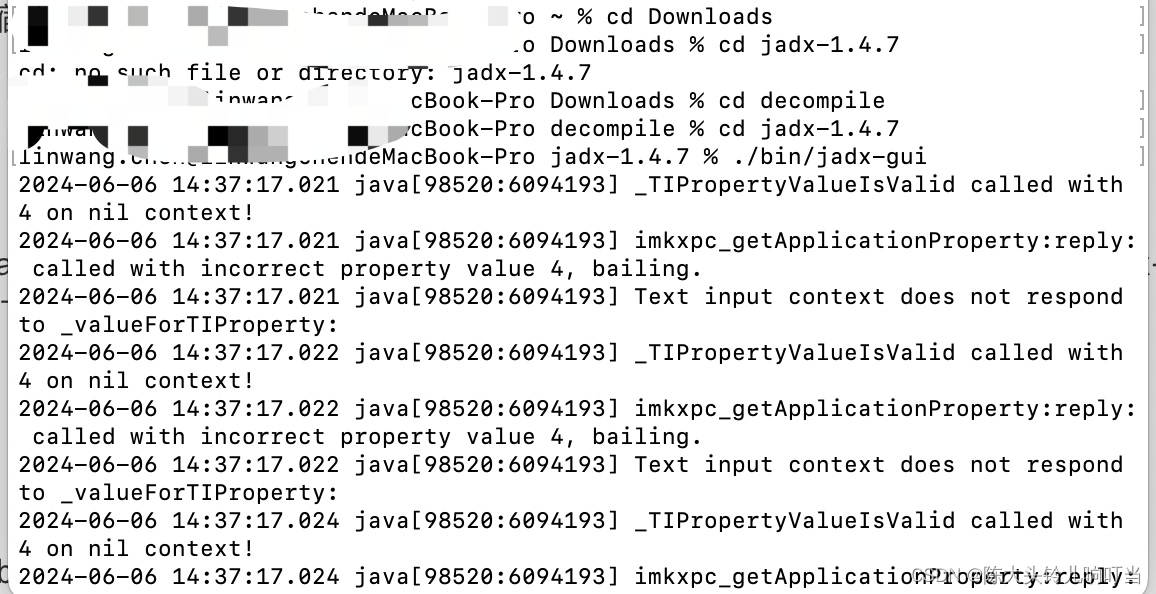

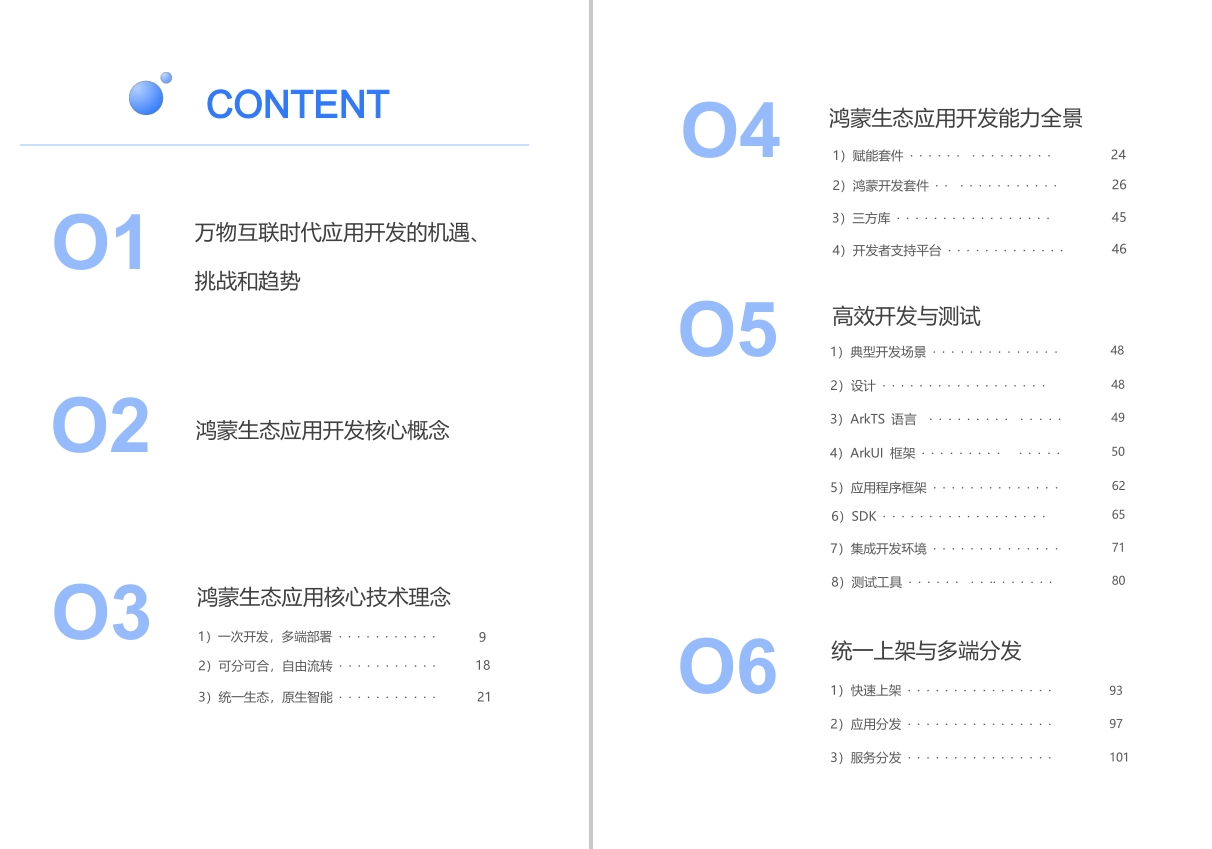
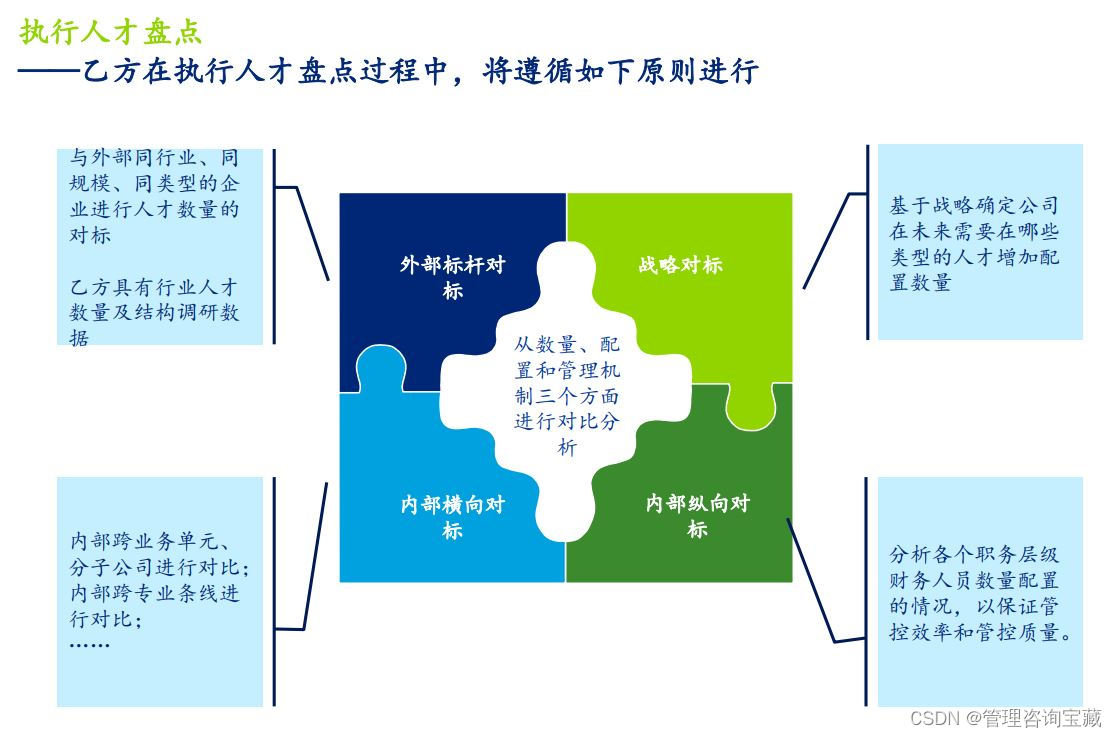
![七天进阶elasticsearch[two]](https://img-home.csdnimg.cn/images/20230724024159.png?origin_url=image.png&pos_id=img-o1pk5ZBC-1717636553968)
